Archives
- 2025-10
- 2025-09
- 2025-03
- 2025-02
- 2025-01
- 2024-12
- 2024-11
- 2024-10
- 2024-09
- 2024-08
- 2024-07
- 2024-06
- 2024-05
- 2024-04
- 2024-03
- 2024-02
- 2024-01
- 2023-12
- 2023-11
- 2023-10
- 2023-09
- 2023-08
- 2023-07
- 2023-06
- 2023-05
- 2023-04
- 2023-03
- 2023-02
- 2023-01
- 2022-12
- 2022-11
- 2022-10
- 2022-09
- 2022-08
- 2022-07
- 2022-06
- 2022-05
- 2022-04
- 2022-03
- 2022-02
- 2022-01
- 2021-12
- 2021-11
- 2021-10
- 2021-09
- 2021-08
- 2021-07
- 2021-06
- 2021-05
- 2021-04
- 2021-03
- 2021-02
- 2021-01
- 2020-12
- 2020-11
- 2020-10
- 2020-09
- 2020-08
- 2020-07
- 2020-06
- 2020-05
- 2020-04
- 2020-03
- 2020-02
- 2020-01
- 2019-12
- 2019-11
- 2019-10
- 2019-09
- 2019-08
- 2019-07
- 2019-06
- 2019-05
- 2019-04
- 2018-07
-
VX-765: Advanced Insights into Caspase-1 Inhibition and I...
2025-09-29
Discover how VX-765, a potent caspase-1 inhibitor, provides advanced tools for selective interleukin-1 converting enzyme inhibition and inflammation research. This article uniquely integrates emerging cell death pathways and RNA Pol II signaling, offering new perspectives beyond conventional inflammation models.
-
VX-765 and the Caspase Signaling Nexus: Beyond Inflammati...
2025-09-28
Discover how VX-765, a selective caspase-1 inhibitor, enables advanced studies into pyroptosis, mitochondrial signaling, and cell death—offering unique insights beyond standard inflammation models. Explore the intersection of caspase inhibition and transcriptional signaling for transformative research applications.
-
Triptolide: Systems-Level Insights and Precision Applicat...
2025-09-27
Explore Triptolide, a potent IL-2/MMP-3/MMP7/MMP19 inhibitor, through an integrative systems biology lens. This article uniquely connects its multi-targeted mechanisms to emerging research frontiers in cancer, immunology, and developmental biology.
-
2025-09-26
Discover how VX-765, a selective caspase-1 inhibitor, is revolutionizing inflammation and cell death research by enabling exploration of advanced apoptotic and pyroptotic signaling. This article uniquely integrates new mechanistic insights and highlights VX-765's role in dissecting the intersection of caspase-1 inhibition with emerging pathways beyond traditional cytokine modulation.
-
ABT-263 (Navitoclax): Redefining Mitochondrial Apoptosis ...
2025-09-25
Explore how ABT-263 (Navitoclax), a potent oral Bcl-2 family inhibitor, uniquely enables advanced dissection of mitochondrial apoptosis in cancer biology. This article integrates the latest mechanistic insights on nuclear-mitochondrial signaling and apoptosis, offering perspectives not found in existing ABT-263 literature.
-
EZ Cap™ Firefly Luciferase mRNA: Next-Gen Bioluminescent ...
2025-09-24
Discover how EZ Cap™ Firefly Luciferase mRNA with Cap 1 structure redefines bioluminescent reporter assays by enabling advanced, stable, and efficient mRNA delivery—uniquely focusing on mechanisms, delivery strategies, and translational applications for in vivo and ex vivo models.
-
Triptolide as a Multifaceted Modulator in Transcriptional...
2025-09-23
Explore the unique mechanisms by which Triptolide, a potent IL-2/MMP-3/MMP7/MMP19 inhibitor, regulates immune and cancer pathways through transcriptional modulation and matrix metalloproteinase inhibition, with implications for cancer and rheumatoid arthritis research.
-
These results validate the docked pose of the
2025-03-03
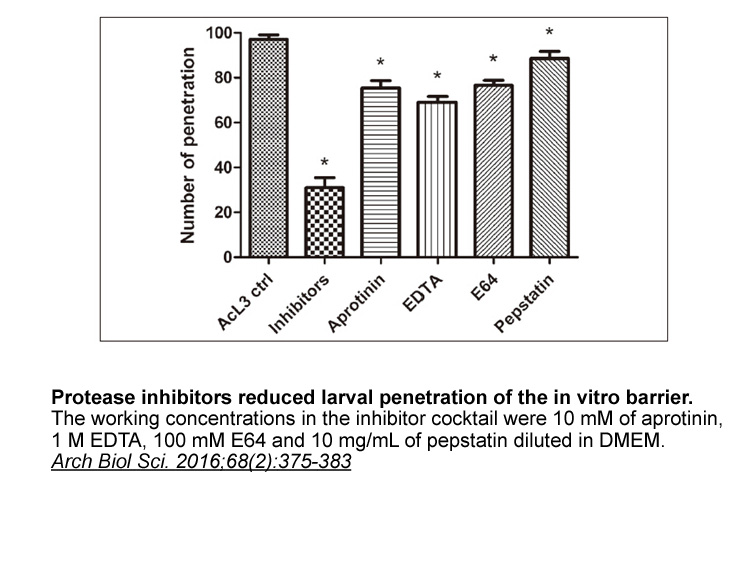
These results validate the docked pose of the ALR2-3e complex in comparison to the docked complex of the ALR2-4c complex of which the compound docked completely out of the binding pocket of ALR2 (). This concludes to that the removal of the acetic 6 ohda mg moiety leads to inactive or weakly activ
-
RWJ 56110 Curcumin is able to upregulate the protein
2025-03-03
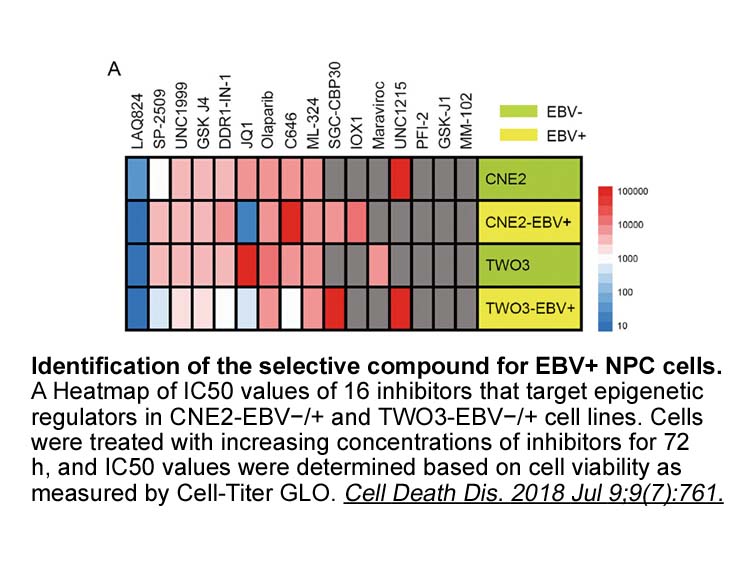
Curcumin is able to upregulate the protein level of NGF through cannabinoid receptor CB1, where the activation of Akt pathway probably plays an important part in the CB1-mediated signal transmission [9,10]. This finding suggested that the protection of curcumin in spinal motor neurons of SNI rats is
-
A number of studies suggest that adiponectin promotes
2025-03-03
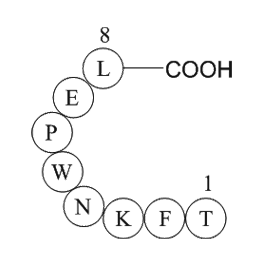
A number of studies suggest that adiponectin promotes osteoblast differentiation and bone formation by directly targeting GSK-3β and β-Catenin signaling [64], [65], favoring bone marrow mesenchymal stem cell (BMSC) differentiation toward the osteoblastic lineage [66], [67], decreasing sympathetic to
-
Interestingly as observed with Treg cells
2025-03-03
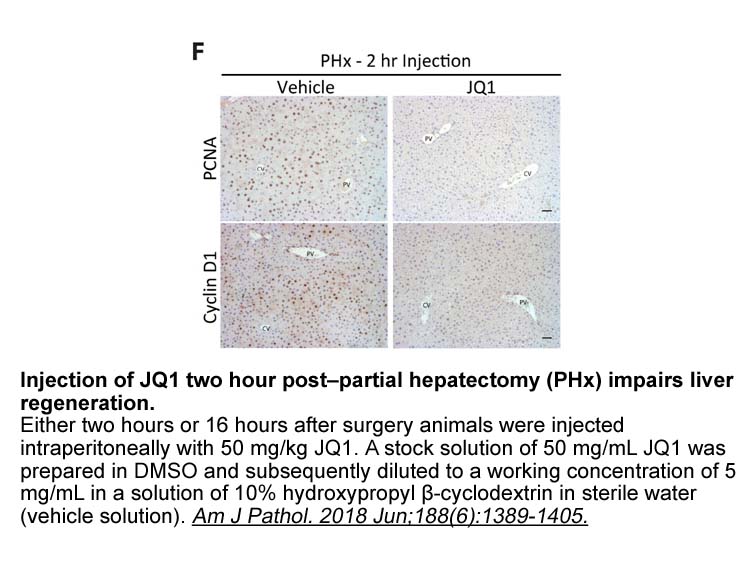
Interestingly, as observed with Treg cells, adenosine can regulate the function of Breg cells, a subset of immunosuppressive cells that support immunological tolerance [115]. In particular, Bregs were able to regulate both their own function and T cell activity via an adenosine signaling originating
-
Children with ADA SCID commonly suffer from
2025-03-03
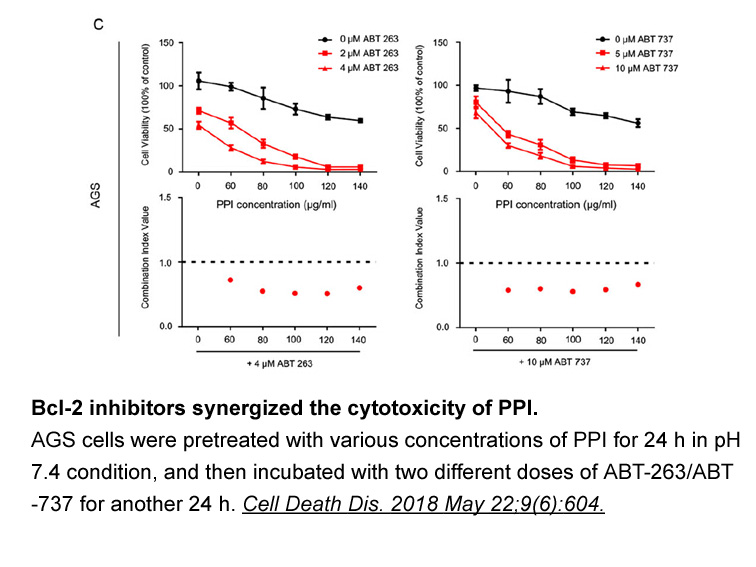
Children with ADA-SCID commonly suffer from a variety of opportunistic infections, including viral, fungal, and mycobacterial infections. Due to defects in R 568 hydrochloride australia and IG production, they are also susceptible to infection with encapsulated bacteria such as Haemophilus influenz
-
CBiPES hydrochloride receptor Despite these efforts to preve
2025-03-03
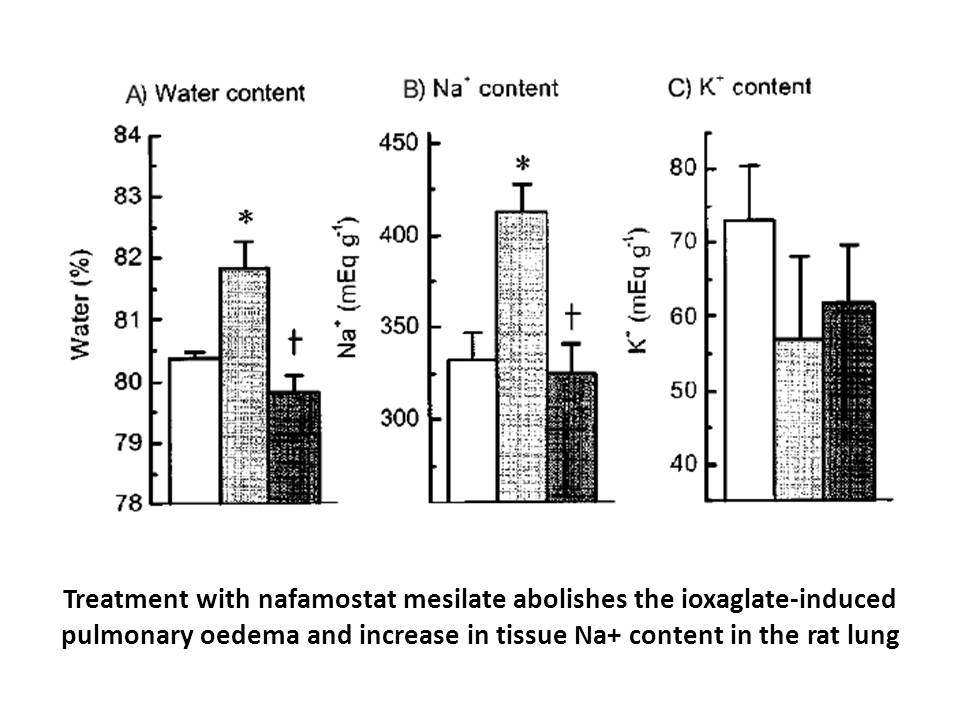
Despite these efforts to prevent oxidative metabolic degradation, and showed only marginal improvements in metabolic stability and still exhibited high plasma clearances as shown in . High molecular weight as well as relative high log values could be contributing factors to the poor PK profiles of a
-
br ARIs in the prevention
2025-03-03
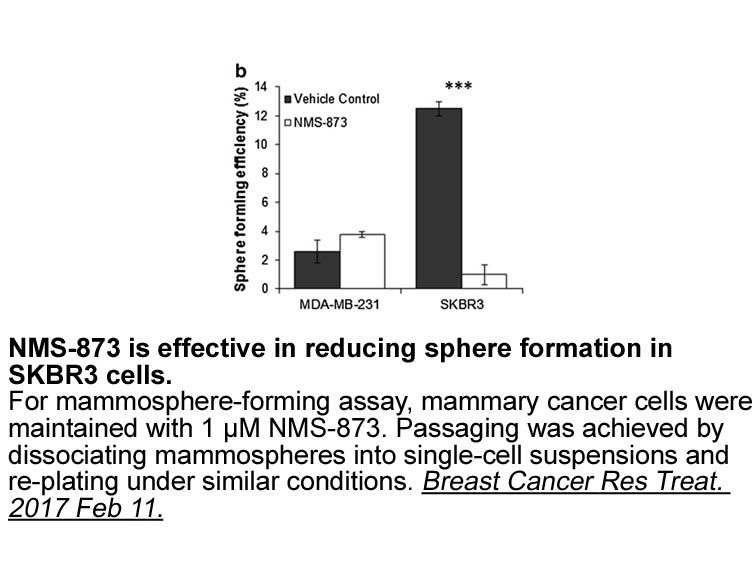
5ARIs in the prevention of prostate cancer Prostate cancer continues to be a leading cause of male deaths worldwide. In 2009, it was estimated there would be 192,280 new cases of prostate cancer with a predicted 27,360 deaths [25]. Because androgens, and specifically DHT, play a large role in bo
-
Overexpression of SMAD and SMAD strongly
2025-03-03
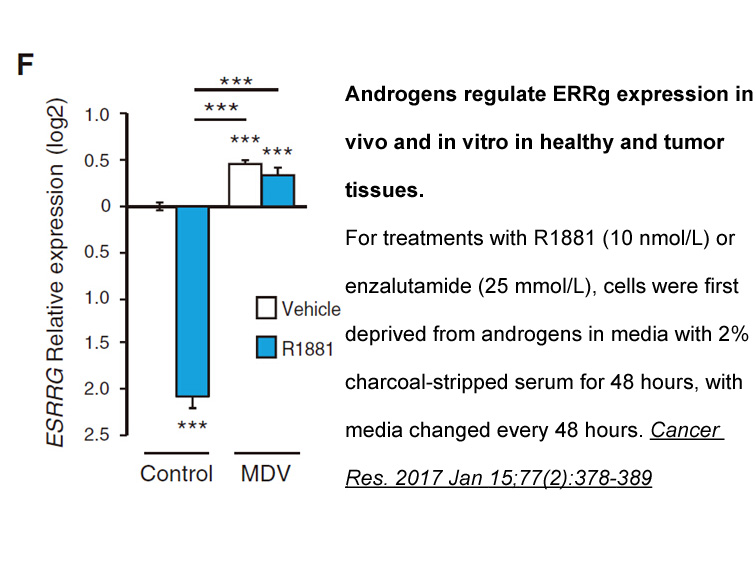
Overexpression of SMAD3 and SMAD4 strongly enhanced luciferase activity of the new pN10 reporter gene construct which was further reinforced by addition of TGFβ. Serial mutations of SBE-1 and SBE-2 led to a slight loss in 5-LO promoter inducibility. The data demonstrate that the two SBEs within the